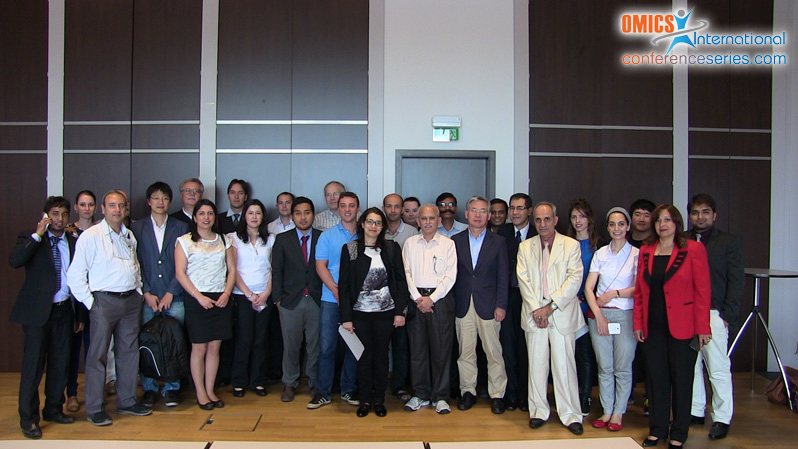
Sandra Borkowska-Heurtaux
Glasgow Caledonian University, Scotland
Title: The influence of growth conditions (temperature and oxygen supply) on manganese (II) sorption by viable and autoclaved Lactococcus lactis var. lactis NCIMB 6681
Biography
Biography: Sandra Borkowska-Heurtaux
Abstract
Manganese (II) is an essential element required for normal growth and development of humans, animals and plants, however it has a tendency to accumulate in some organisms, what leads to higher, potentially toxic, level within the food chain. Mn2+ sorption properties of Lactococcus lactis var. lactis, a non-pathogenic bacterium widely used in the dairy industry were studied as a function of four growth conditions: Cells were cultivated aerobically and with reduced oxygen at 30° C and 37° C. Additionally, biosorption properties of live and autoclaved cells were compared. L. lactis showed very competitive capability to sorb Mn2+ over 5 days and pH drifts in the experimental suspensions demonstrated an involvement of ion exchange mechanisms in Mn2+ sorption. Viability of L. lactis during sorption experiments was studied by serial dilutions and plate count methods with the biggest decrease in a cell numbers observed at 24 and 72 hours contact time. Sorption capacity of live L. lactis cultivated under four different conditions towards Mn (II) ranged 34-50 mg/gdw. Autoclaved biomass showed much lower sorption capacity (20-39 mg/gdw) but this range is among the highest removal capacities towards Mn2+ seen in previous studies using various (non-living) biomasses. The obtained results are the first report showing Mn2+ sorption by viable and autoclaved cells of L. lactis as a function of different growth conditions and metal loadings. It is also among the first work investigating the difference between viable and dead microbial cells.


